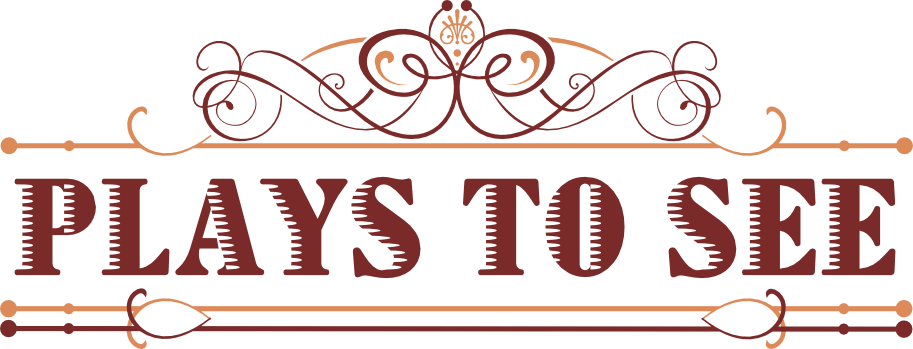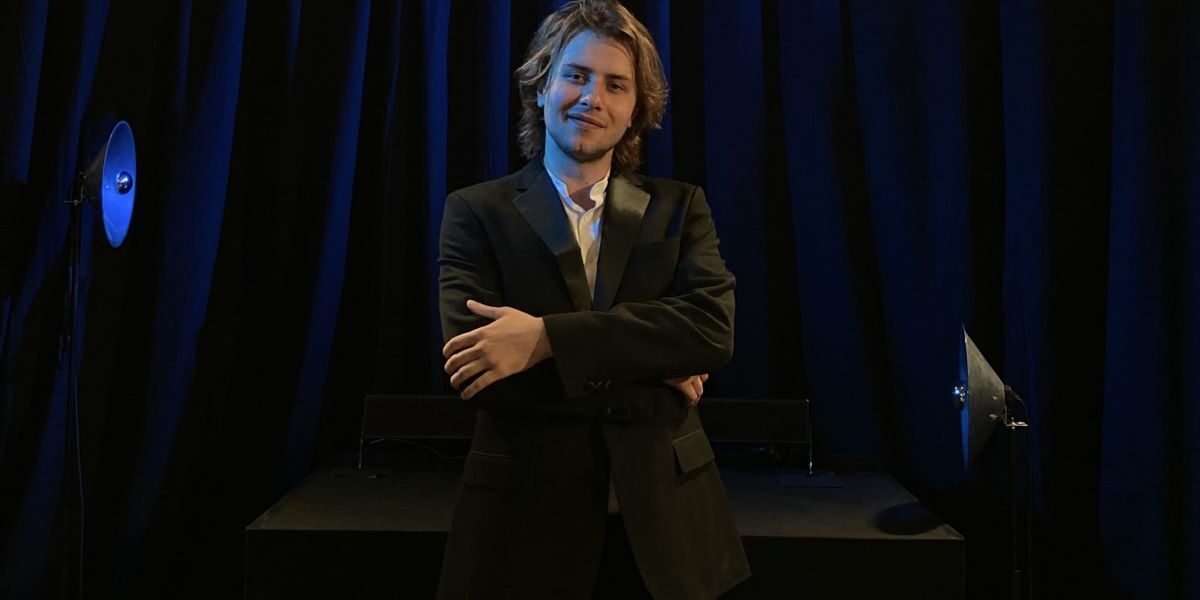This was my first visit to the new Bechstein Hall, and as it may be an unfamiliar venue to readers of Plays to See, I’ll devote a paragraph to setting the scene, more especially as the venue is clearly integral to how one experiences the music. Just along from the Wigmore Hall (originally, before World War One, the first Bechstein Hall) a small foyer opens up to a restaurant downstairs and a 100-seater room on the ground floor. The scale is small, but the attention to detail is meticulous, whether in the fluted, wood panelling of the interior, the inlay of the hallway floor or the bespoke bone china on the bar. As the concert begins the usual advisories are given in a laconic video from Edward Fox (who would argue with the Jackal?), and a starry night of pin-point lighting illumines the ceiling. The tone is calculatedly intimate, rather like a smaller, but select, arts cinema with Pullman seating.
This lunchtime recital featured Nikita Lukinov, a Russian-born pianist, now domiciled in Scotland and a faculty member at the Scottish Conservatoire. The programme was a hefty club sandwich, with two virtuosic works by Mussorgsky as the outer layers and Debussy as a delicately flavoured filler. The recital details were displayed on screens set into the side walls and Lukhinov himself introduced each work with a good balance of technical analysis and historical background.
He has a formidable technique, and this was immediately in evidence as he launched into a transcription of Night on a Bald Mountain, which we know best, perhaps, from its appearance in Fantasia. He exploited to the full the wonderful range of colours in the Bechstein piano to summon up the supernatural, and fully commanded both the clattering octaves, the fizzing tremulo special effects and – most importantly – the final calming postlude, with excellently graded pedalling to create the warm bed of sound required.
Debussy’s ‘Reflets dans l’eau’ from Book 1 of Images is too often treated as the aural equivalent of Monet’s water lilies, merely a piece of vague watery impressionism, with little substance. Here, Lukinov’s big-boned technique was also shown to advantage. Yes, the shimmer of arpeggios provided a fine aqueous shimmer across the top of the keyboard, but the larger structure of the piece came through equally well in the differently weighted left-hand, and the broad colour palette available from this instrument took you straight to the real heart of Monet’s garden at Giverny.
The main and final work was Pictures at an Exhibition, Mussorgsky’s tribute to his artist-friend Hartmann, whose posthumous exhibition of paintings and sculpture provides the pretext for a showpiece of painting in music as the composer depicts himself as a flâneur promenading through the gallery describing the works he encounters. This was a bold and decisive interpretation of the piece, fully equal to its huge demands, and making a virtue of the sheer craggy awkwardness of much of the writing. Lukinov was at his best in the unsettled brooding of ‘Gnomus’, the heavily emphatic ‘Bydlo’, and the carefully constructed layers of grandeur in ‘The Old Castle’. And there was no doubting his adept handling of the quirky ‘Baba Yaga’ movement before it led into the splendour of the ‘Great Gate of Kyiv’, all the more impressive for the contrasted hushed hymnic interlude in the middle.
However, at times the interpretation seemed a little heavy-handed and overly percussive. More light and shade, and comedy should surely shine in on the ‘Children in the Tuileries Gardens’ and the ‘Ballet of the Unhatched Chicks’; and ‘Catacombs’ was more Indiana Jones with a searchlight than spaciousness and mystery. These are matters of taste, though, and the unforgivingly precise acoustic perhaps makes the piano sound more confronting than in other comparable locations.
All-in-all this was a very impressive, carefully considered performance. It concluded – a lovely touch, this – with an encore of Lukinov’s own music, an improvisation on Mussorgsky’s striding ‘Promenade’ theme. This received a meditative, jazz-inflected, ‘Around Midnight’ interpretation, full of a delicacy of touch and tone that would have enhanced the main work.
One final suggestion – when art works are so central to the works performed, it would be beneficial to have them displayed on the screens. If you have the technology in place why not have the pictures at the exhibition themselves on show in sequence as we listen to the work?
Bechstein Hall
23 February 2025
1 hour, no interval

